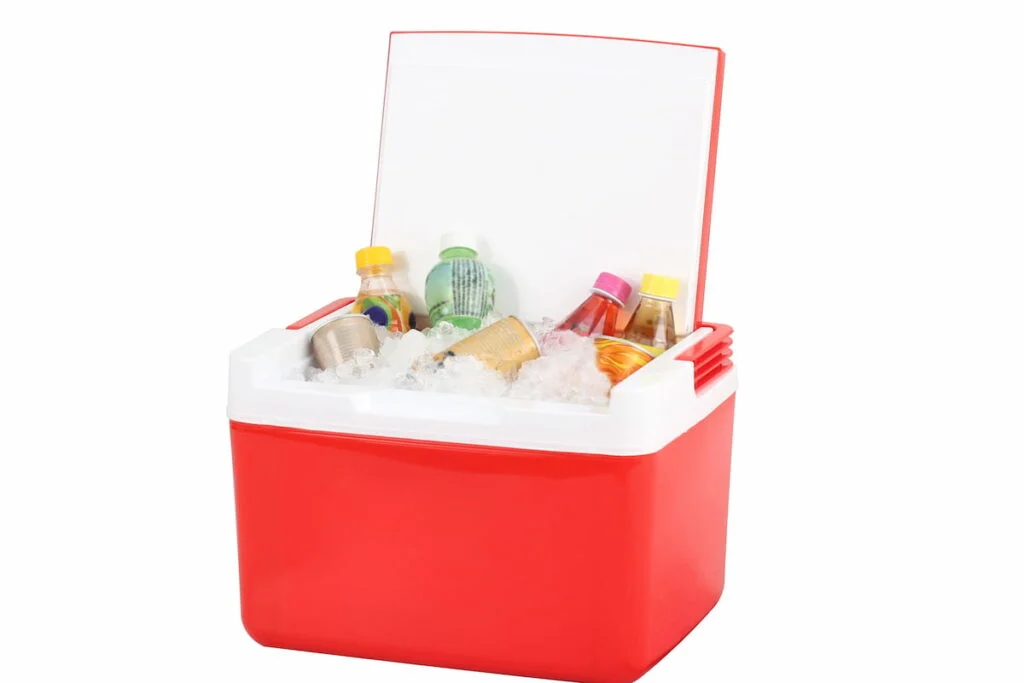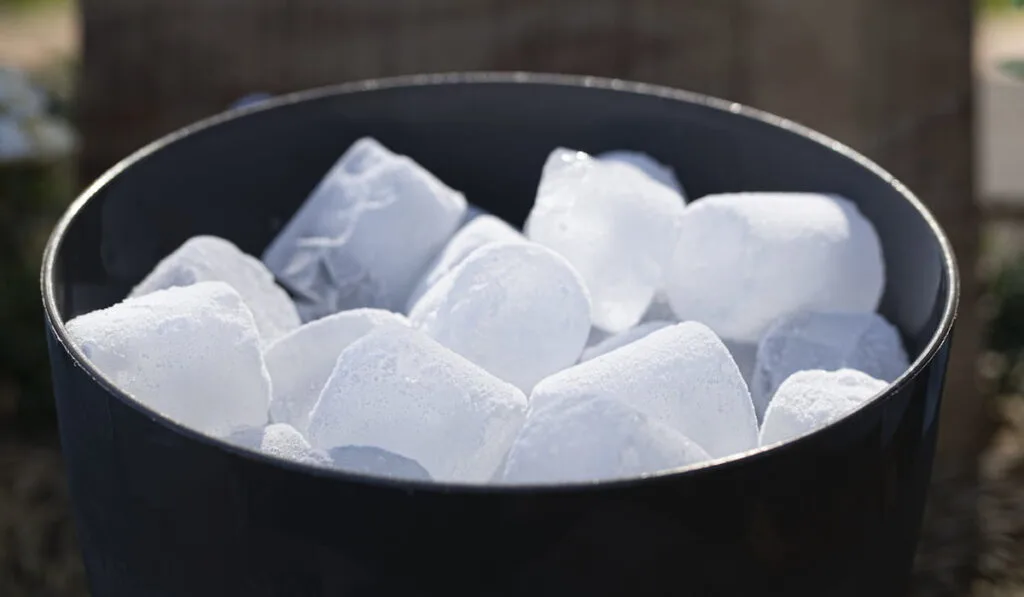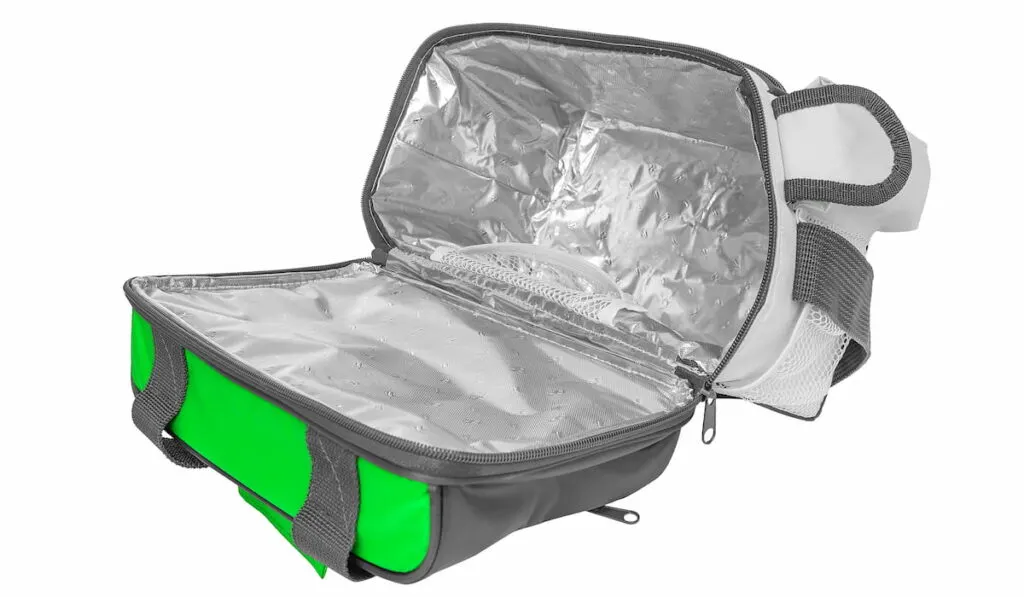Going on a backpacking trip with friends or family is exciting. You not only get to explore new places but also bring food to share and have an enjoyable time.
Keeping food cold while backpacking involves more than getting the right camping cooler. While you may have shopped for food, prepped your favorite meals, and packed it in the cooler, failure to store the food correctly can leave you with lukewarm food that could also spell out tummy trouble due to food poisoning.
Observing food safety is essential, and understanding how to keep food cold while backpacking can help you enjoy your camping experience. Read on to learn some tips and tricks.
Table of Contents
9 Tips to Keep Food Cold While Backpacking
Here are a few ways to keep your food cold while backpacking.
1. Prepare Your Cooler Before Your Trip

Don’t just pick your cooler and start packing it before the trip. Get your cooler out a few days before your trip and clean it thoroughly, as it might have some leftover foods from your previous trip.
Use warm water and soap to wash the cooler and allow it to dry.
If you have an old cooler, don’t rush to get a new one if it’s still functional and can accommodate your food and drinks. Get insulated shopping bags and put them inside the cooler.
2. Freeze Food Ahead of Your Trip
Prepare and freeze your food a few days before your camping trip.
Packing frozen food prolongs the cold inside the cooler and allows the food to slowly defrost once you get to the site. You can reheat it on your camping stove as soon as it thaws.
Additionally, freezing foods beforehand allows them to act as extra ice packs that keep the rest of the cooler items at the right temperature.
Wrapping frozen food in insulated foil or newspaper extends the time the food stays frozen. Label the food as you are wrapping it to help identify it.
Another tip is to choose what foods to bring if you’re planning a backpacking trip for more than a day.
Avoid canned foods; instead, opt for dried rice, pasta, and powdered mixes for pancakes and cakes.
You can also carry dehydrated foods like dried fruits and nuts, concentrated juice boxes, and dried soups. Peanut butter in a plastic jar is also an excellent choice.
3. Invest in a Quality Cooler
You’ll find various types of coolers based on your budget and cooling needs when shopping for coolers.
A cheap styrofoam cooler works for a short two-hour trip, but if you plan on going on a week’s trip, you need a quality fiberglass or steel cooler with unique features like thermometers and drainage plugs.
Find a cooler with insulation to keep your food cold during your backpacking trip. You can find insulated backpack-style soft coolers for the weight and type of food you’ll carry.
4. Chill the Cooler
Another mistake people make when packing their cooler for a camping trip is to use the cooler as is. However, this means you’re filling a lukewarm cooler that won’t keep your food cold.
You can chill the cooler by placing it inside a deep freezer if you have ample space. Or you can add frozen ice packs or a bag of loose ice to ensure your food is cool when you go camping.
Empty the cooler once you’re ready to travel and place the refrigerated food in the prechilled cooler.
5. Get Long-Lasting Ice

Although getting loose ice at a local grocery store or gas station is convenient, it’s not the best choice if you’re planning an extended camping trip. That ice melts fast and can fill your cooler with water, making your food soggy.
Make ice blocks at home by freezing water in milk jugs or water bottles some days before your trip.
Large blocks of ice last longer and will only melt in the bottles, not on your food.
You can also add salt to the water before freezing it in bottles.
Salt reduces the freezing point of water, so the ice melts at a lower temperature, which means the water will be colder than 32°F, allowing the food to stay longer.
Frozen gel packs are a great idea as they don’t melt quickly, but they don’t get as cold as traditional ice packs.
Dry ice is another option, but you need to handle it carefully before using it in your cooler. It can crack the cooler or burn your skin if not wrapped properly.
You also must avoid placing dry ice next to foods you don’t want to be frozen.
6. Learn How to Pack the Cooler
Packing a cooler for a backpacking trip is another trick you must learn if you need to keep your food cold for long.
At the bottom, place frozen water bottles or ice blocks in a freezer bag. That helps to build a base of coldness at the bottom.
Avoid stuffing everything inside.
Start with food items you need to keep the coldest or that you intend to defrost last and place ice blocks between them. If you have fresh food items like fruits and vegetables, layer them on top and place an ice pack to keep everything chilled.
When traveling with a small cooler, use ice packs instead of bottles of frozen water at the top, sides, and bottom.
Once done, pack the cooler tightly. The goal is to ensure as little air as possible is in the cooler to prevent food from warming up.
Use ice packs or towels to fill any empty space in the cooler if you don’t have food to fill it up.
7. Bring Two Coolers
Carry two coolers if you have space, one for food and another for drinks.
The problem with one cooler is that you may need to keep opening it to get water and other beverages. That allows warm air inside, and that will make your food warm.
Having two coolers allows the food cooler to remain undisturbed for an extended period.
Keep the coolers in a shaded area and far from any direct sun. You can place them behind trees, in storage spaces at a campsite, or inside a tent.
You can cover the cooler with a damp towel to keep it chilled while traveling.
8. Consume Fresh Foods First
Planning your meals can help preserve your foods and keep them cold for a long time.
Start eating the fresh foods on the first days of your backpacking trip before moving to dried and frozen items in the middle and end of your backpacking trip.
Alternatively, if you’re only carrying dried foods on your trip, organize them in your cooler to make it easier to access them easily. The meals you want to eat first should be on top, and those that need extra rep time can be placed at the bottom.
Arranging the food keeps the food at the bottom cold, and you don’t have to deal with space that will introduce warm air into the cooler.
9. Avoid Draining the Cooler
Although you may be tempted to drain the cold water from the melting ice, leave it in the cooler as it helps keep the food cold.

Can You Keep Food Cold Without a Cooler?
Although a cooler helps keep your food cold while camping, there are other ways to ensure your food stays cold without a cooler.
You can opt for a car fridge if you’re car camping. You won’t need to carry ice as the fridge runs off the car battery. Alternatively, you can bring a thermal bag packed with ice.
Other Tips for Food Safety When Camping
Observing food safety can help you enjoy your camping experience and prevent stomach bugs. Below are a few tips to have in mind when packing food.
Separate Your Meats From Other Foods
Don’t mix your uncooked meat with other fresh foods, which can lead to cross-contamination. Raw meat may have bacteria that could spread to other foods through contact.
Store uncooked meat separately in two different freezer bags or double wrap and place an ice pack on top to prevent any mixup. Additionally, don’t use the same utensils for raw and cooked meat.
Bring Drinking Water
Although some camping sites offer fresh water, it’s advisable to always bring bottled water for consumption and cleaning. If you find a safe source of water, you can constantly replenish your supply.
Wash Your Hands
Bring hand sanitizer or wash your hands with soap and water when camping in the wild before and after handling food.
Bring a Food Thermometer

If you’ve carried uncooked meat and poultry, ensure that you cook it to an internal temperature of 160 F. Use a food thermometer to ensure the meat is safe to consume.
We recommend you have a thermometer to check if your cooler is functional as well.
Place the thermometer at the top of the cooler and check it when you open the lid to ensure your food is still safe to consume.
The internal temperature in the cooler should be below 40°F to keep the foods inside cold.
Final Thoughts
Although keeping your food cold while backpacking may seem less of a concern, it can affect your camping experience. Improper storage can lead to cross-contamination and other health issues like food poisoning.
Hopefully, with our tips above, you now know how to preserve and keep foods cold for the duration of your trip. Remember always to bring backups and pack extra nonperishable food.
Resources
- https://www.ag.ndsu.edu/publications/food-nutrition/keep-food-safe-when-camping-and-hiking
- https://extension.purdue.edu/foodlink/includes/pubs/
- https://www.thecampdiary.com/how-to-keep-food-cold-while-camping/
- https://www.pitchup-outdoors.com/14-tips-how-to-keep-food-cold-during-camping/“
- https://www.fsis.usda.gov/food-safety/safe-food-handling-and-preparation/food-safety-basics/food-safety-while-hiking-camping
- https://thecamperlifestyle.com/how-to-keep-food-cold-while-camping/
- https://expertworldtravel.com/how-to-keep-food-cold-while-camping/#
